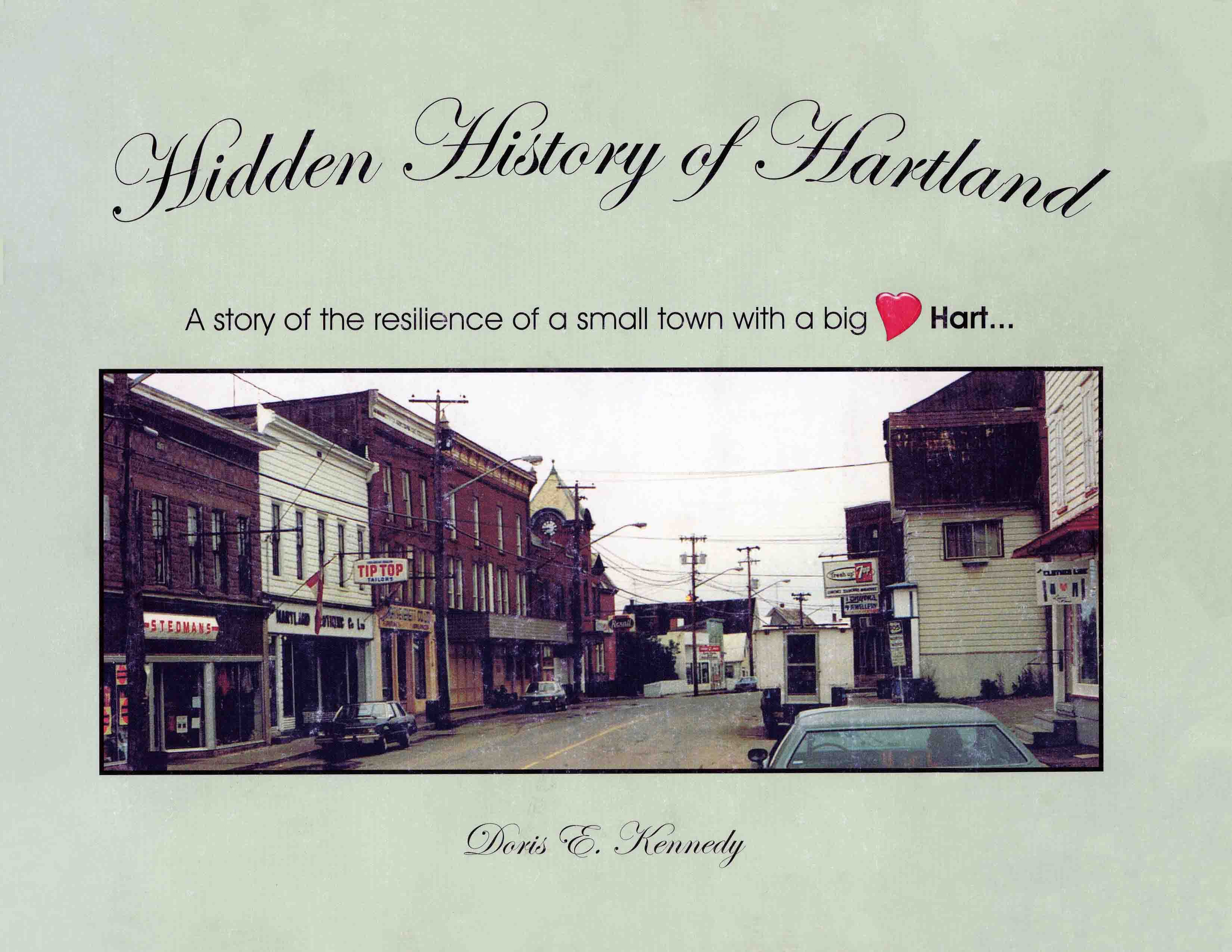
Hidden History of Hartland: the story of the resilience of a small town with a big Hart... PDF
Preview Hidden History of Hartland: the story of the resilience of a small town with a big Hart...
"Communities undergo minor disasters over time but very few go through the tragedies visited on Hartland. It has survived spring floods, two major fires, two spans of the bridge taken out by ice, and a government policy to relocate the business district. What wasn't destroyed by floods was burned down or torn down but the town still survived. In the beginning I did not know that the town I grew up in was so diverse in appearance. I cannot relate to the Hartland of my grandmother's youth, nor can my children recount the town appearance of my youth, hence the title Hidden History of Hartland evolved. The history took on a character of its own: one before the 1907 fire, one after the 1907 fire, and one before the 1980 fire.
Hartland was a beautiful location for the early settlers, offering rich soil for farming, a heavy growth of hardwood, a river full of salmon, and access to other communities by way of river transportation; it was a perfect setting and enticing to pioneer settlers. The river was the pioneer's access to the outside world before the railroad. T. C. L. Ketchum wrote a book titled, "A short history of Carleton County New Brunswick" that most local historians review. Its first edition was published in 1922 then reproduced in 1981. He documents the beginnings of many villages and communities of Carleton County. The early pioneer referred to Hartland as "mouth of the Becaguimic" then shortened it to "Mouth of the Guimic". The Indians named the river to mean salmon bed. The Becaguimic stream flows into the St. John River at Hartland and for many years a mill, first a grist mill then a lumber mill was situated at its mouth. The mouth of the Presquile stream also flows into the St. John River slightly north and opposite the Becaguimic. It too was populated in early times with a settlement that grew into a military fort. Ketchum writes in his book of 1922 that there are still mounds of the ancient fort and many soldiers' burial sites. As in 1922 there are still descendents of these soldiers living in the surrounding areas of Simonds, Wilmot and Brighten. He states they would have been of the third and fourth generations; clearly, we would be looking at the fifth or sixth generation today."
